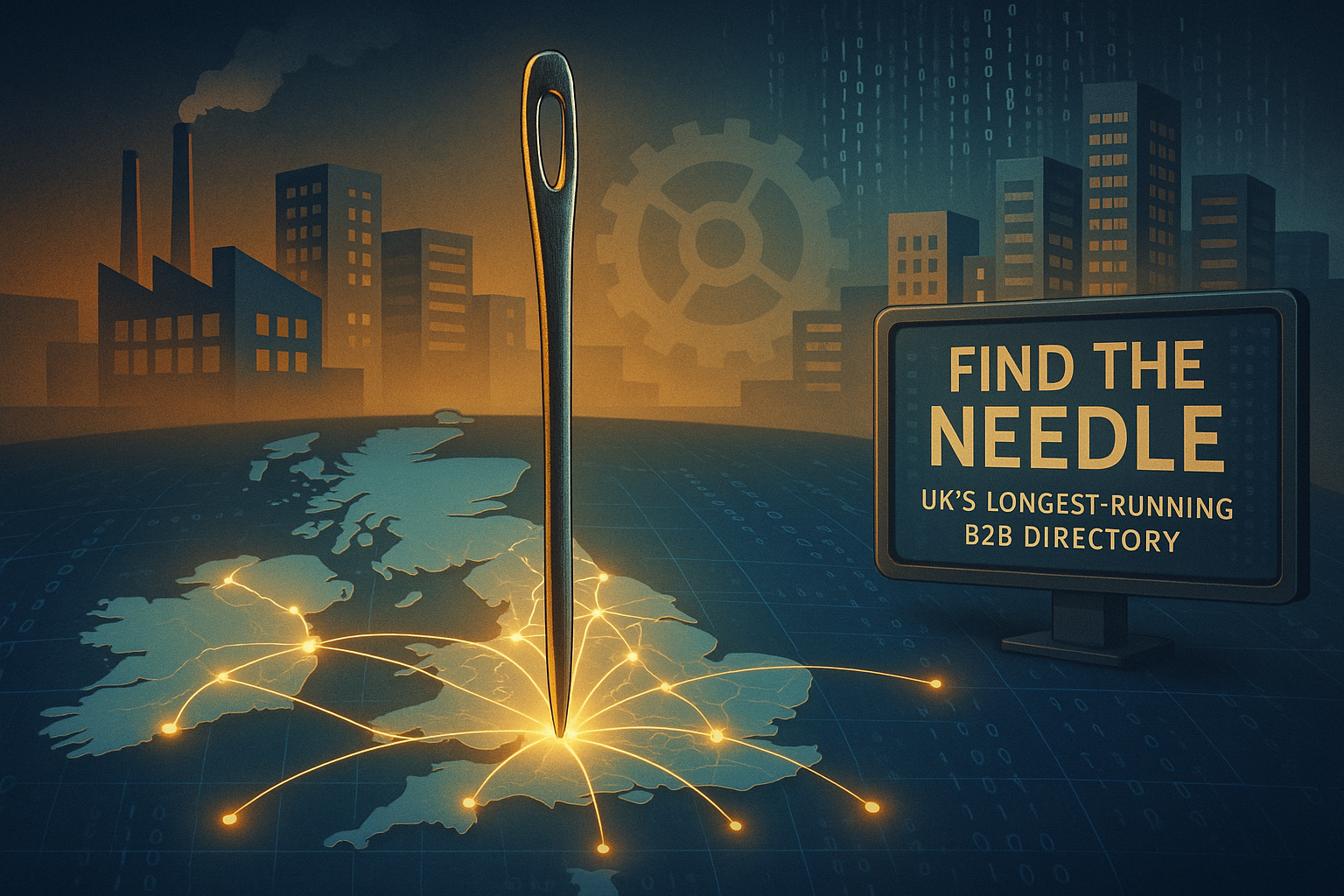Why Performing OCR On Handwriting Doesn’t Work
- 20 Jan 2023
- Articles
Can a freshly-scanned file become a searchable PDF, or can a PDF turn into a readable PDF for computers? Finally, we have the answer, so let’s dive in!
"Text recognition" is commonly used to describe optical character recognition (OCR). Data from scanned papers, camera photos, and image-only PDFs are extracted and used for new applications using OCR tools. For example, OCR software extracts individual letters from an image, assembles them into words, and arranges them into sentences, allowing modification and access to the original text.
The primary advantage of online OCR technology is that it makes text searches, editing, and storing easy, thereby streamlining data entry. In addition, OCR enables organizations and people to keep data on their PCs, laptops, and other gadgets, securing continual access to all material.
Three Flavours Of OCR
OCR systems employ a mix of hardware and software to turn printed, physical documents into text, usually PDFs, that turn from scanned PDFs to searchable PDFs that are readable by computers.
When text samples in different fonts and formats are presented to the OCR system, pattern recognition is used to compare and identify symbols in the scanned document file or image.
The OCR uses feature detection to identify characters in the scanned document by applying rules based on the characteristics of a particular letter or digit. The layout of a scanned file is also examined by an OCR tool. It separates the page into sections that include text blocks, tables, and graphics. The lines are broken down into words and, subsequently, into characters. After identifying the characters, the algorithm compares them to a collection of pattern pictures. In the end, the computer displays the recognized text to you after analyzing all potential matches. So, this can be called a searchable PDF converter.
It is also possible to make a digital duplicate of a document with handwritten parts or fields used to gather data by simply scanning the page. However, it necessitates a whole new recognition technology. If the text is printed clearly and in thick enough ink to read, you can use Intelligent Character Recognition, a different type of OCR.
An improved version of OCR called ICR converts handwritten letters into their digital ASCII equivalents. This OCR is mainly used to process applications and forms that you "print clearly" and fill out by placing individual letters in boxes.
Additionally, you sometimes need to digitize papers that have cursive writing. A different kind of OCR is applied in this situation. The most recent OCR technology, IR (Intelligent Recognition), employs the same techniques to convert the characters into ASCII text and is used to read expressive writing.
Convert PDF to searchable PDF with Lumin's free PDF OCR
Did you know that Lumin has a free PDF OCR feature that converts PDFs to searchable PDFs? This means that you can get a readable PDF in a matter of seconds and will be able to search for any word in a PDF. To begin, follow the steps below!
1. Access the Document Tools website by logging in at https://tools.luminpdf.com/tools.
2. Then, choose OCR from the menu bar.
3. Then choose Get Started.
4. To utilize OCR, upload a PDF document. When you upload a document, the program automatically OCRs it.
5. Select the Google Drive or Dropbox icon to save the file to your cloud storage, then click Download.
You may still be wondering what things you can do with the help of Lumin’s OCR. Here are several ideas
• Scan the file. When a document has been scanned, you may submit it straight into Lumin's OCR online tool to make the PDF searchable and readable. Even text included in photos will be read.
• Convert written documents to digital format. Utilize Lumin's OCR to convert your scanned PDF document into digital text, making it simpler to edit or annotate.
• Review and adjust your scanned PDF files. Once digitized, you may use Lumin's features to merge PDFs, highlight words, add comments, or insert pictures and shapes.
The reasons why OCR doesn’t work
Despite being a helpful tool, optical character recognition could be more flawless. It's not a guarantee that an OCR program will produce something useful 100% of the time just because you input a document into it. OCR software typically performs incredibly well with some types of data, but accuracy and efficiency can drastically decline when dealing with other varieties of data.
OCR software often performs badly with handwriting and has trouble with semi-structured and unstructured data. Character matching for a standard OCR platform is challenging due to the numerous differences and irregularities in handwriting.
Other elements, including the standard of the original material, also influence OCR accuracy. Background pictures, creases, stains, fading ink, and other faults will impact the quality of the output.







